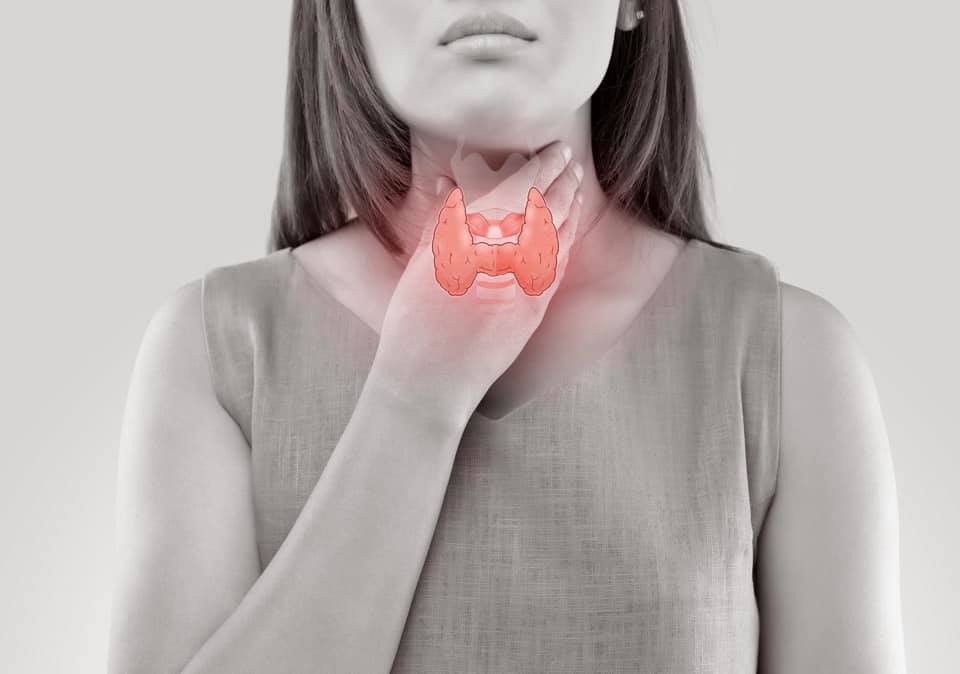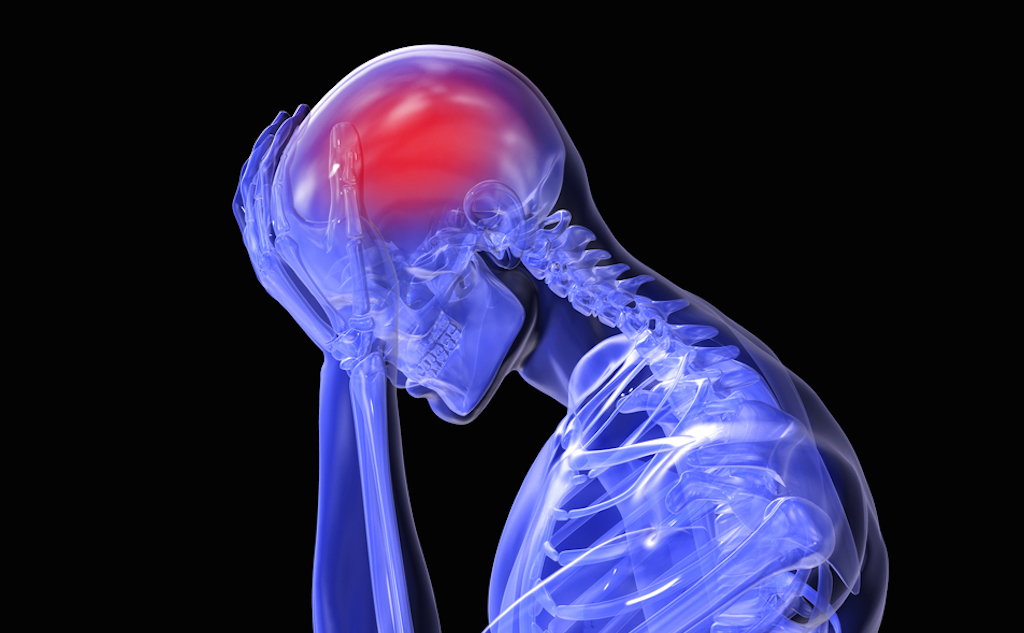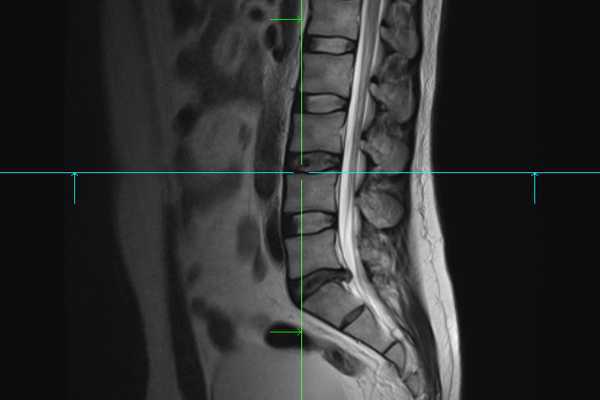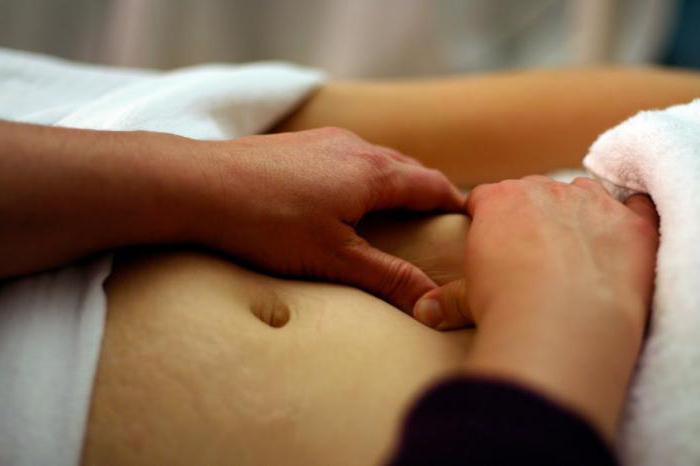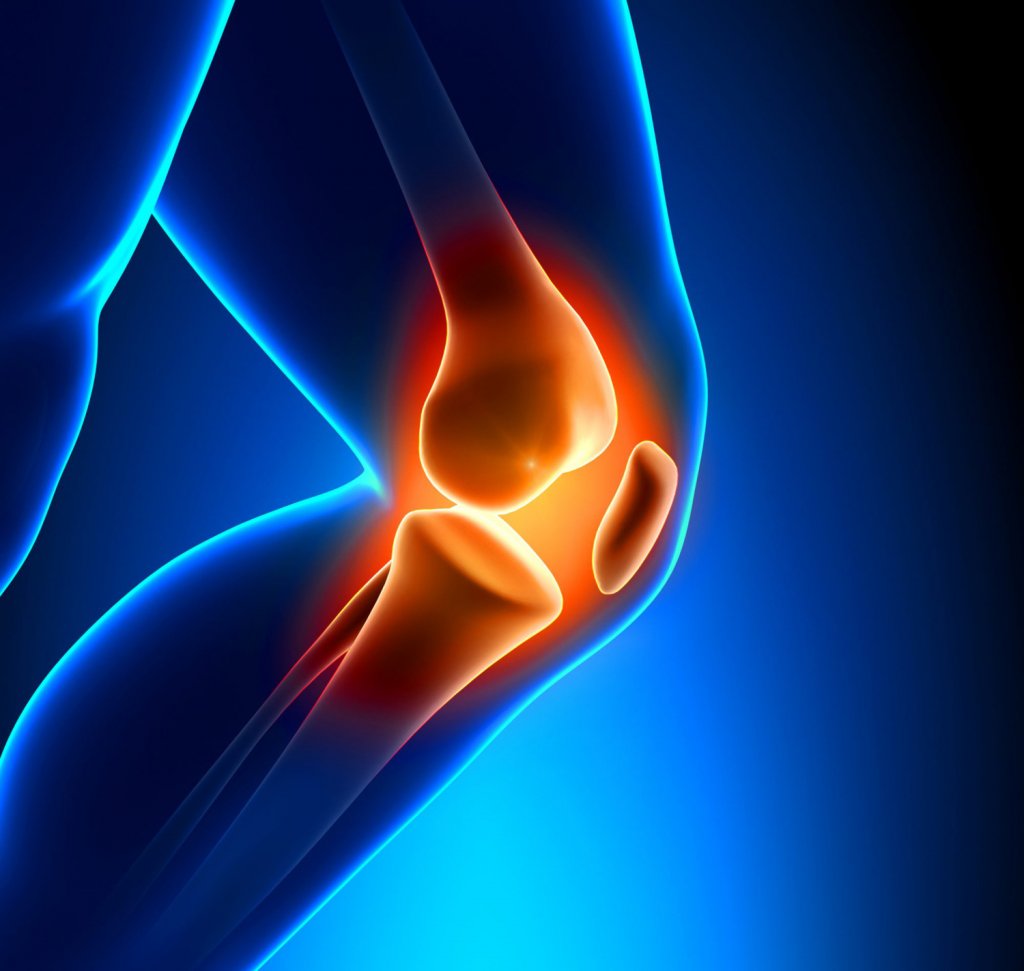
Frequently, physiotherapists hear from their patients that they suffer from meniscus damage and chondromalachia, and that they were told that there is no other way to treat it other than to undergo a surgery. In our previous article, we proved that degenerations not always manifest themselves in the symptoms. So, what is the truth about the necessity of surgery?
The tendency has been visible for quite a long time, although the earliest experiment consisting of placebo orthopedic surgery that we found took place in 1996.
Despite it being a small study, it showed that something is going on. After familiarizing themselves with the possibilities, the nature of placebo surgery, and giving their consent for taking part in this experiment the participants were randomly assigned to three groups. First group consisted of 5 patients who were to undergo a placebo arthroscopy, the second group consisted of 3 patients who were to undergo arthroscopic lavage, and the last group consisted of 2 patients who were to undergo the standard arthroscopic cleanup. The doctors who carried out the postoperative assessment, and the patients were unaware to which group they were assigned. The patients who underwent the placebo surgery reported decreased frequency, intensity, and duration time of knee pain. Additionally, they deemed the procedure cost-effective and would recommend it to their family and friends.
Afterwards, in 2002, the experiment was repeated on a larger scale, proving the placebo phenomenon to exist in surgeries. Simultaneously, the study showed that knee pain is not necessarily an indicator of knee degeneration, and that the cause may lie elsewhere.
In total, 180 patients with degenerative knee joint disease were randomly assigned to an arthroscopic cleanup, arthroscopic lavage, and placebo surgery. The patients from placebo group received skin incisions and underwent simulated treatment without the insertion of arthroscope. The patients and their assessors were unaware as to which group they were assigned. The results were evaluated in many points during the next 24 months after the procedure through 5 self-describing questions. Three of those questions were based on a pain scale and two were based on a function scale. Besides the aforementioned questions the results were also based on one, objective test which involved climbing and going down the stairs. Research was completed by 165 patients, the results indicated that the effects of classic surgeries were not much different from the effects of placebo surgeries.
This long and precise research, showing that surgeries related to meniscus damaged in a degenerative process can prove to be unnecessary, was published in 2017.
We carried out a multicenter, randomized, controlled study where neither the patients nor the assessors knew to which group they were assigned to, with participants aged between 35 to 65. Every patient had symptoms in the knee area during the last 3 months before the study, which were consistent with degenerative medial meniscus fracture, nonreactive to conventional conservative treatment, and lack of clinical or radiographic knee osteoarthritis and knee joint inflammation.
The research took place in 5 different orthopaedic centres in Finland in the period from December 2007 to March 2014. All (146) patients had suspicion of meniscus fracture based on their symptoms and clinical tests. Those fractures were later verified on the basis of MRI and knee arthroscopy. The Patients with visible beginning of symptoms caused by an injury or with recent history of locked knee were excluded from the study. Entering the research the participants were informed about the possibility of undergoing another surgery, 6 months after or later, if they won’t get an appropriate improvement of symptoms.
Evaluation was carried out after 2, 6, 12, and 24 months. During the 24-month-long observation all participants were also tested clinically by an independent orthopaedic surgeon, who was also unaware of the assignment of treatments. The standard medical examination contained clinical meniscus tests – McMurray test, pain caused by joint line palpitation, and pain caused by forced bending of the knee. Knee’s range of motion, knee joint sesamoids, bone augmentation, effusion, pain localisation in palpation test, and overall knee stability were also registered. During the procedure, the damaged and loose parts of meniscus were removed until the solid meniscus tissue was obtained, with the preservation of as much of the tissue as possible. As for the placebo surgery, the whole procedure was simulated to imitate the sensations and sounds of real operation. The participants were also kept in operating room for the duration time of the real procedure.
In the case of every group, postoperative care was provided in accordance with normalised protocol which specified that all participants will receive the same medical assistance.
Both groups showed noticeable improvement in all original results. Most participants were satisfied and reported improvement, there was no statistically relevant difference between two groups. The difference between the two groups concerning the fastness of recovery and returning to normal activity level or frequency of mechanical symptoms was not observed. There were no statistically relevant differences between the two groups regarding meniscus test during clinical examination.
Middle aged men and women with knee pain attributed to degenerative knee condition, in other words – meniscus damage with accompanied by various level of knee joint degenerative condition, were the largest group of patients reffered to orthopaedic surgeons. Knee pain felt by the patient is attributed to degenerative meniscus damage or cartilage damage. The symptoms associated with the degenerative meniscus damage are usually chronic and of fickle nature. Nevertheless, the last population-based study proved, a little bit paradoxically, that degenerative meniscus tear is most common between middle aged and elderly people , and that they seem to be symptomless in most cases. In the USA alone one million knee joint arthroscopies are done annually; in Poland between the 2017 and 2018 73.000 procedures had been done, the cost of knee operation oscillates around 7.000 zł.
Arthroscopic joint surgery is definitely the most frequent orthopaedic procedure in treating the degenerative knee condition.
Many patients report an improvement (knee pain relief, better function, and improvement of quality of life) after this kind of operation. Similar results were obtained also in conservative treatment in randomized placebo studies. Taking into consideration that the lack of procedure eliminates any complications, the placebo surgeries are favoured.
So far, there is a serious lack of high quality evidence (from the randomized control tests, RCT) about the efficiency of arthroscopic knee surgeries!
In orthopaedics, the reality is that a large number of methods of treatment is ‘known’, ‘accepted’ or ‘standardised’, but none has ‘proved’ efficiency in the true sense of the word.
We tend to forget that the joints are controlled by fasciae and their muscles. Humans possess over 400 muscles, if we put them together with circulatory and lymphatic systems we will end up with a puzzle of hundreds of thounsands kilometers long! In this puzzle, we must also include visceral fasciae, the reason being their function of connecting our internal organs with every joint and muscle in our body which effective cooperation depends on good condition of the fasciae. For this reason, if somewhere in this tangle fascia will lose its quality (‘become stiff’) the muscle and/or vessel, and consequently the whole systems, will experience problems. In other words, weakened muscle weights down the joint, stiffened fascia compresses other parts, and ischemic tissue, like her predecessors, in the face of these irregularities will cause pain.
Our patients are aware that the cause of joint pain very often lies outside the joint.
In conclusion, the basis is efficient holistic physiotherapy
https://www.ncbi.nlm.nih.gov/pmc/articles/PMC3612785/#R93
https://www.nejm.org/doi/full/10.1056/NEJMoa1305189
https://www.ncbi.nlm.nih.gov/pubmed/8638750
https://www.ncbi.nlm.nih.gov/pubmed/12110735
https://www.ncbi.nlm.nih.gov/pmc/articles/PMC5867417/
https://www.crazynauka.pl/jaka-dlugosc-maja-naczynia-krwionosne/
The article above has no intention of advising the patients against undergoing the surgeries they require.
